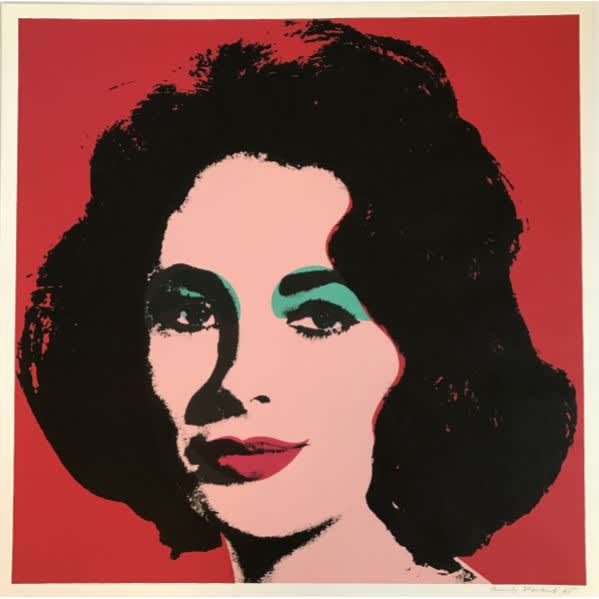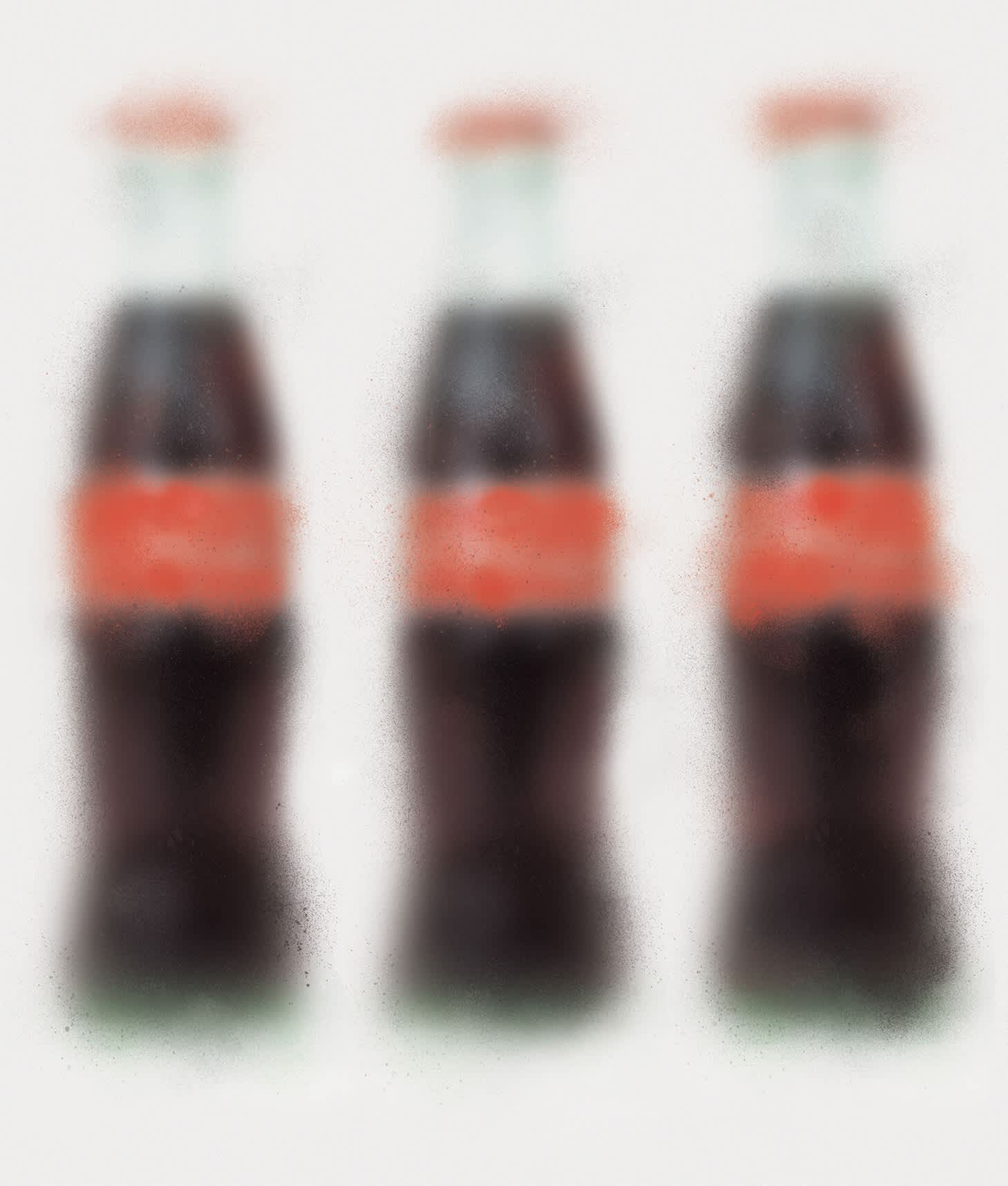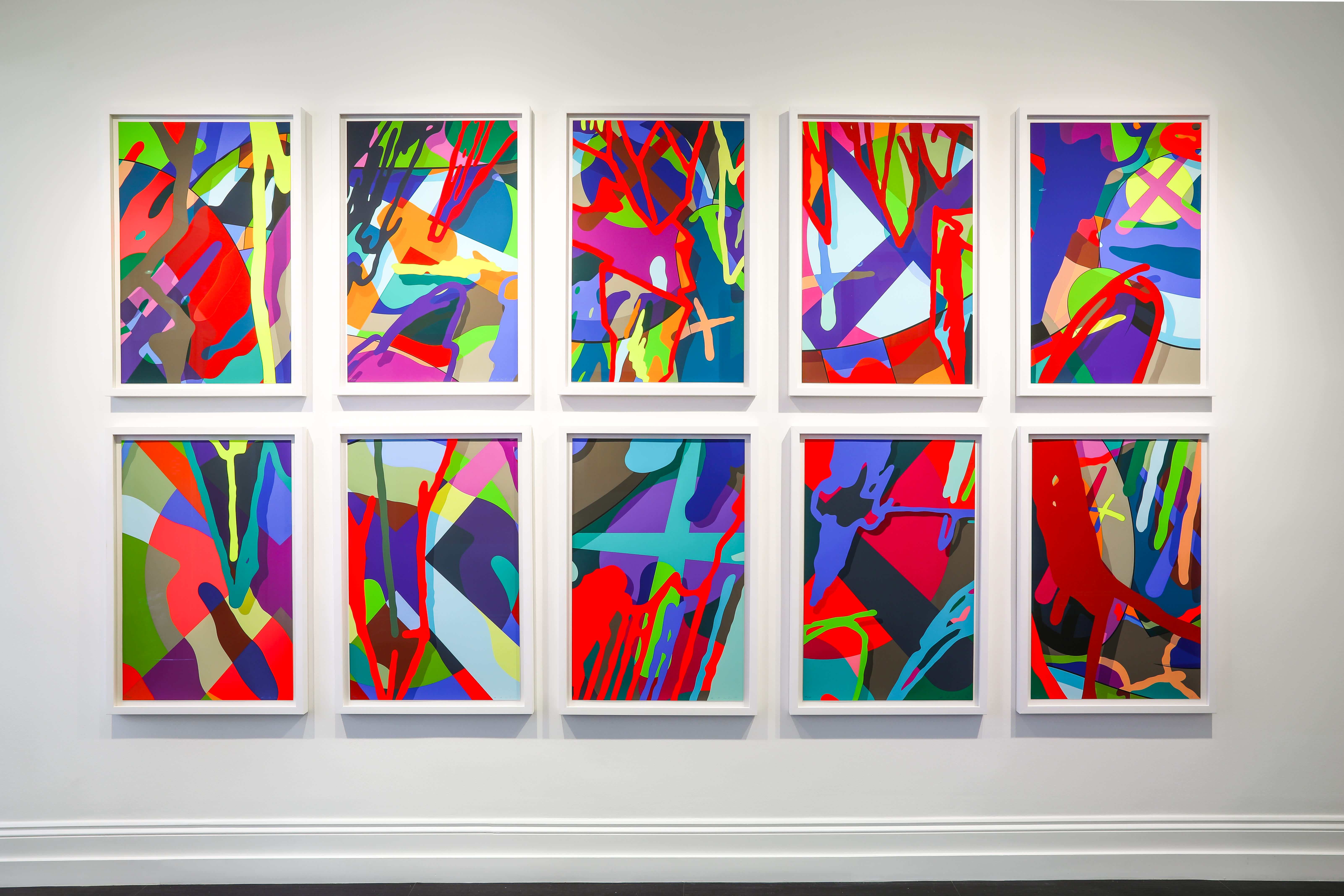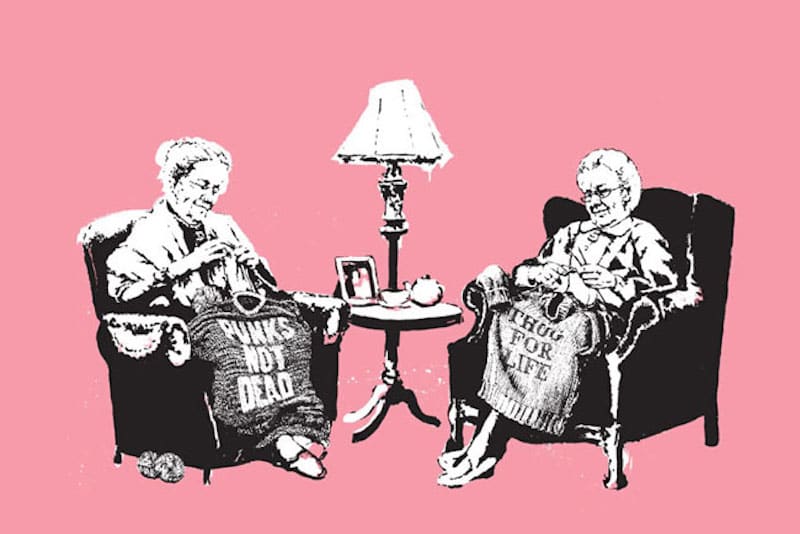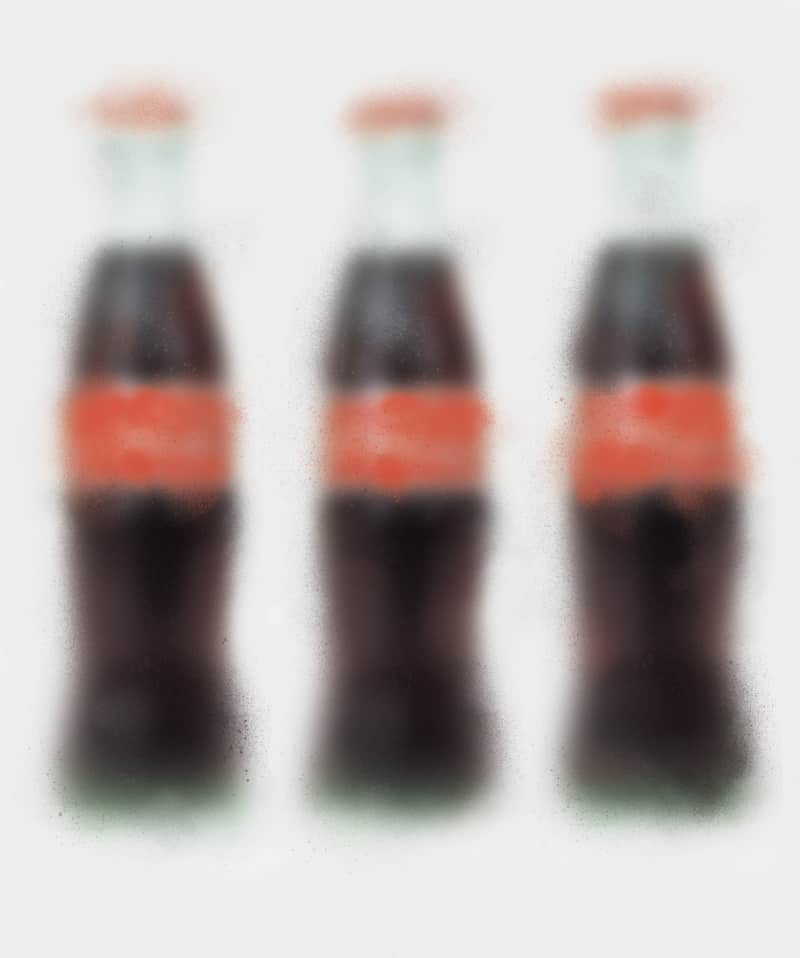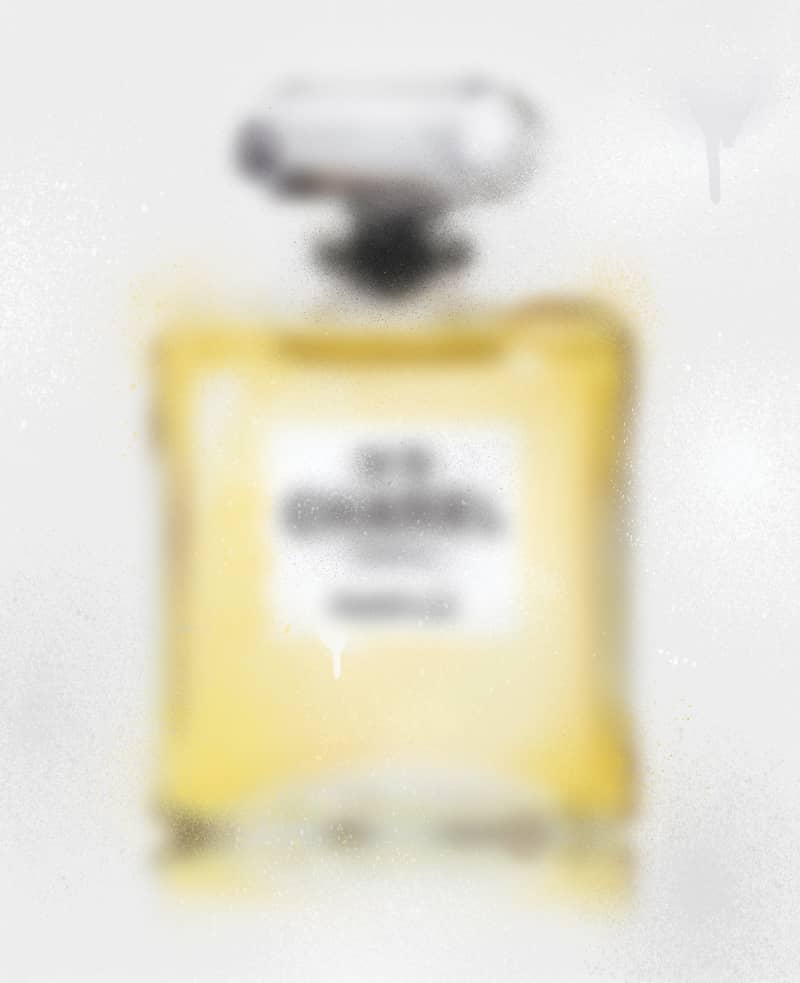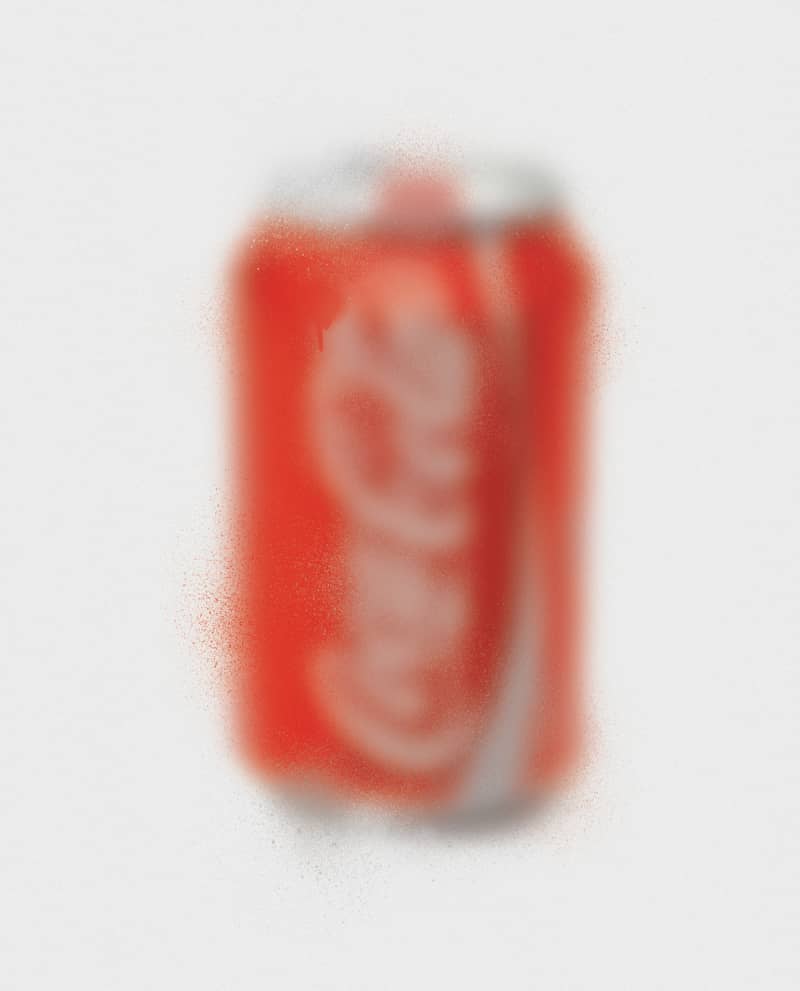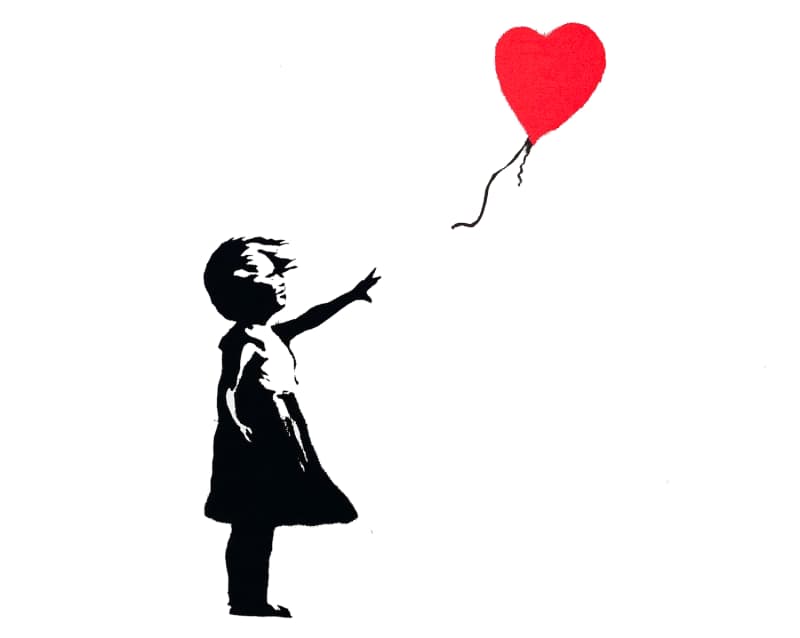10 Things To Know About Prints, Multiples & Editions
The art of printmaking was revolutionary as it made it easier for the artist to expand their imagination and mind, and made it easier for the people to obtain their art.
What is a print?
A print is an impression created by any method involving a transfer from one surface to another. The history of printing can be traced back as early as 3500 BC, when the Persian and Mesopotamian civilisations would use cylinder seals to certify their documents.
Screenprint
What is sometimes referred to as a silkscreen, is a printmaking technique in which a piece of woven fabric is stretched over a wooden frame in order to create a screen. The areas of the screen that will not form part of the intended image are then blocked out by a variety of stencil-based methods. A squeegee is then used to press ink through the unblocked areas of the screen onto the paper. Today there is no difference between silkscreen and screenprint.
Lithograph
The artist draws with a greasy crayon onto a polished slab, usually with lithographic crayons or a greasy ink called tusche. When the greasy image is ready to be printed, a chemical mixture is applied to the surface of the slab in order to bond it. The surface is then dampened with water, which only adheres to the non-greasy areas. Oily printers’ ink is then rolled across the surface and sticks to the greasy imagery. A damp piece of paper is placed over the slab and ran through a press transferring the image across.
Woodcut
First, an image is sketched onto a block of wood before being cut, leaving the desired raised image behind. The raised areas are then inked, leaving the cut away areas blank. They can then be printed using a press or by hand.
Grayson Perry, Selfie with Political Causes, 2018
Is a print simply a copy of an original work?
Although the process of printmaking involves the reproduction of an image, a print can be more than just a copy as there are many art pieces that are only made as prints. Prints of this nature are called original prints, while prints that represent copies of pre-existing works are called reproductions. Fine art prints are the result of a close collaboration between the artist and the print studio, with only a limited number of works produced. As a result, they are true works of art in their own right, and are as important to the artist as paintings and drawings.
What is the purpose of a print?
There are a number of reasons why artists produce prints. They may be drawn to language of the particular printmaking technique offers, the delightful combination between art and technology. An artist may be drawn to the collaborative nature of the print studio, or for the potential for innovation the medium offers; they can use the same subject and the same style created as they would in other mediums, but the look of a print is unique. From a commercial perspective, limited editions can prove to be relatively affordable works for collectors, as so they open up another level of the artist’s market.
What do I need to know about originals vs. editions or multiples?
Original prints are produced in a limited number of impressions. As a collection these impressions are called editions, numbered in the form of fractions – for example 1/50, wherein 50 is the edition size and 1 is the individual print number.
Multiples, while still produced in a defined number of editions can vary in materials used. Some prints may be marked with ‘AP’ instead, signifying an ‘artist proof’, produced before the original. Many other proofs may be produced before the ‘AP’ such as trial proofs, state proofs or colour proofs and the final proof of the perfected image shall be labelled B.A.T, ‘ready to print’.
Miaz Brothers, Coca Cola Bottles, 2020
There are different types of paper used
The choice of paper used in the printmaking process is very important, as it directly effects the nature of what the produced image will look like. Paper is more than a mechanism to communicate a message, all of the steps leading up to printing the message on the paper are extremely important, and are carefully thought about by the artist and print studio. From the paper thickness to the show through, weight, colour and thickness must strike a balance between the printed products intended use, overall cost and availability.
Are all prints signed? What does it mean to me if a print isn’t?
The majority of artists will sign their prints at the bottom of the work, as it is considered that, by signing the print, it has then been approved by the artist and is claimed to be his or her own work. Printers can also sign a print they produce, which is why you sometimes find two or more signatures on a work. The significance of a signature in the print market counts for a lot, since they add to the artwork’s authenticity, but also for their monetary value added. The value of a signed print can be two or more times higher than the value of an unsigned print.
How can prints sit within a broader collection?
Prints can be a great introduction to buying art, a way to get acquainted with the styles and artists in the same mode as other mediums but at a different price point, presenting an authentic and iconic subject with an affordable price tag. They can build a more comprehensive collection that tells a more complete story about an artist’s practice, themes and compositions running throughout a number of different mediums, each conveyed and produced in a unique way.
Top tips for caring for a print
The lifespan of a print is drastically affected by a number of factors whether it be the environment, handling, proper storage, or mounting. How you frame an artwork is one of the most effective methods of preserving and caring for works of art on paper. A reputable framer who has experience handling fine art prints and understands archival mounting and framing is worth paying for.
Three top tips: Ultraviolet light is one of the biggest reasons for artwork fading, exposing prints to direct sunlight and other light can cause irreversible damage. Be sure to keep it out of direct sunlight; ensure it is kept away from sources of moisture; and avoiding trimming the artwork to fit a smaller frame.
What Determines the Price of a Print?
A great way to enter the collectors market has always been through the purchasing of prints. However, now more than ever, people are collecting prints at all stages of their collecting career due to the differing price points, enticing even the wealthiest of collectors into the market. The quality, rareity, the complexity of how it was made, and the nature of how commercial the composition is, are all major factors that can determine the value of a print. The world record for the sale of a print was Pablo Picasso's, La Femme qui Pleure, I, 1938, which sold at Chrisites for $5.12 million in 2011 - it's astromical sale price was due to its pristine quality.
How can Maddox advise on Prints?
Maddox Gallery's Artistic Director, Maeve Doyle, believes prints in particular "are a great way to start collecting, discover new artists and develop your taste and build your confidence as a collector. Prints can also be a clever investment",
Here at Maddox, there is great opportunity for you to get to know us and see our large body of works in person. We can discuss condition in front of the object and elaborate on the medium, and the nature of that particular edition. For all inquiries please go to [email protected] and a member of our sales team will be in touch.


